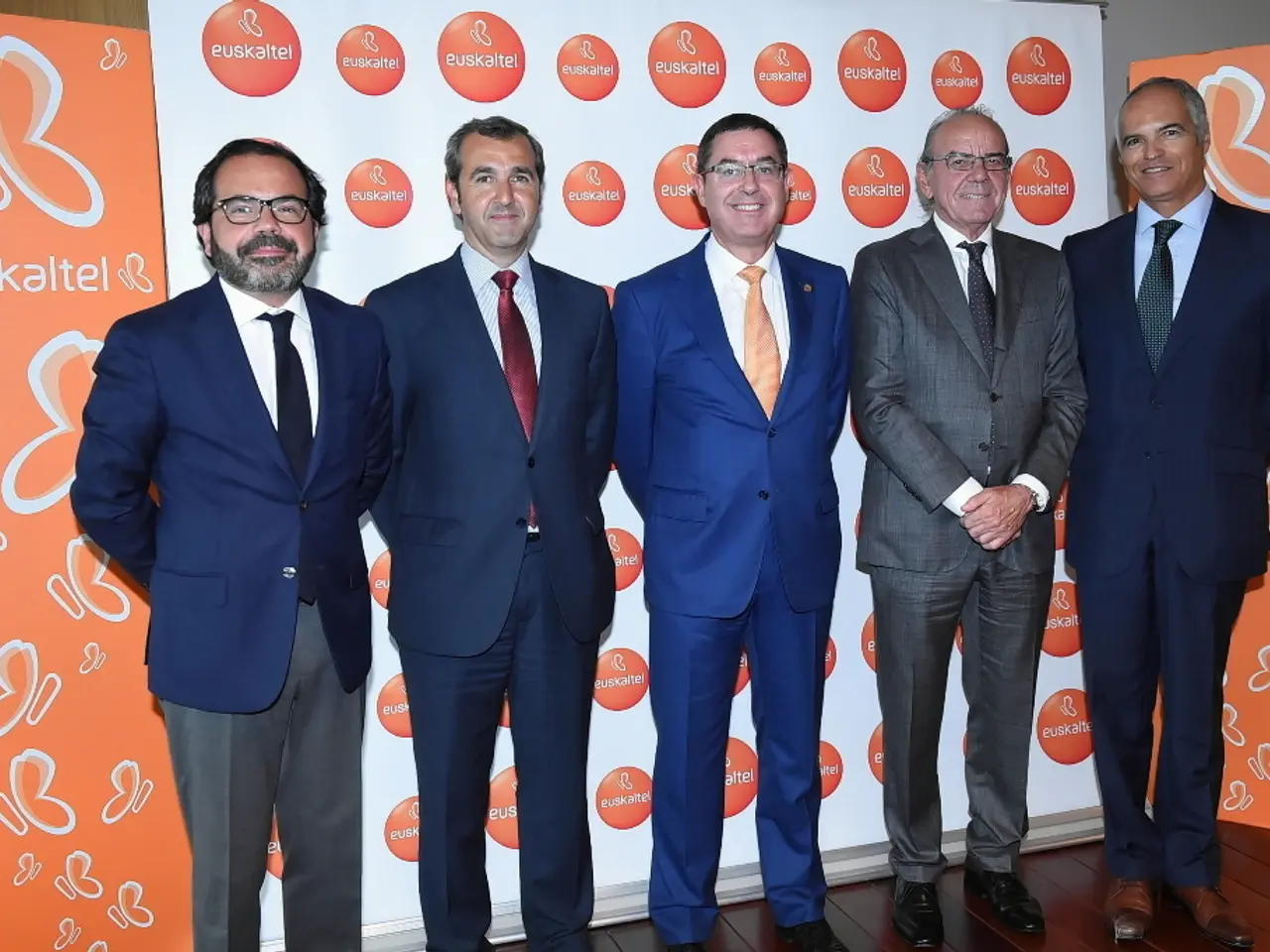Assessing the Financial Influence of Celebrations and Gatherings
In the world of festivals and events, understanding the economic impact is crucial. This article explores four methods used to quantify the number of visitors and the subsequent economic benefits.
Video-Based People Counting is an innovative approach that leverages AI and computer vision to analyze video footage from surveillance or IP cameras. This non-intrusive method offers real-time counting with high accuracy, and it can provide insights into crowd behavior and flow patterns. However, privacy concerns, managing complex environments, and the need for substantial processing power and infrastructure are challenges that need to be addressed [1].
Infrared Beam Counters are a simple and cost-effective solution for single-entry counting. They work by detecting interruptions in an infrared beam at entry points. While they are efficient for basic counting, they lack the ability to differentiate groups or handle complex entry scenarios, and they provide less behavioral insights compared to video analytics [3].
Big Data Analytics incorporates extensive datasets such as online travel portal data, transit search logs, and mobile data to analyze visitor flows and regional tourism patterns. This method offers large-scale insights, forecasting, and understanding patterns over time without physical sensors on-site. However, data privacy concerns, reliance on external data quality, and less precise real-time visitor counts are some of the challenges [4][5].
Predictive Crowd Forecasting Models use early indicators to forecast event crowd sizes days in advance. This approach aids in planning and resource allocation, but it heavily depends on data availability and may not capture last-minute changes or on-the-ground realities accurately [5].
Each method has its strengths and weaknesses, and selecting the best approach depends on factors such as goals, budget, infrastructure, privacy requirements, and environment complexity. Balancing accuracy, intrusiveness, cost, and data richness is key to effective visitor quantification at festivals and events.
The process of quantifying the economic impact begins with creating a survey and sampling plan, followed by recruitment of local surveyors, either through hiring or volunteering [1][3]. The local community is responsible for deploying and tracking the survey collection process [2]. The survey data is then cleaned and analyzed, with methodological approaches observed for accuracy [8].
Our website, a leading provider of economic impact studies for festivals and events across Minnesota, recommends their services for the data cleaning and analysis step due to their in-depth experience [9]. They have conducted numerous studies for both local and worldwide events.
For further inquiries, contact Xinyi Qian, the website's tourism specialist and state specialist, or Brigid Tuck, senior economic impact analyst [10]. The website charges a fee to recover staff and resource costs for economic impact analysis [7].
[1] Privacy concerns and challenges in video-based people counting: A systematic literature review. [2] The role of a local coordinator in festival and event economic impact studies. [3] Infrared beam counters: A simple yet effective solution for visitor quantification. [4] Big data analytics: A new frontier in visitor quantification and economic impact analysis. [5] Predictive crowd forecasting models: Anticipating the future of festival and event visitor quantification. [6] The direct effects of festivals and events on the local economy. [7] Understanding the fees associated with economic impact analysis. [8] Data cleaning and analysis techniques for accurate economic impact studies. [9] The importance of experience in economic impact analysis. [10] Contact information for Xinyi Qian and Brigid Tuck.
- Although Video-Based People Counting offers valuable insights into crowd behavior, concerns regarding privacy and the need for substantial infrastructure may necessitate considering alternative methods such as finance-focused business strategies for event management.
- In the realm of data analysis for festival economic impact studies, Big Data Analytics offers large-scale insights and understanding of regional tourism patterns, but it faces challenges like data privacy concerns and less precise real-time visitor counts, which could potentially be addressed by implementing sound finance and business-oriented solutions.




